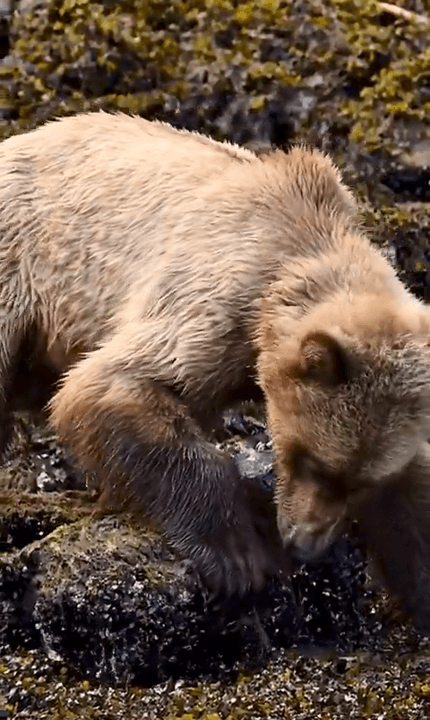
Hunting in Cascades: Waterfalls and wooded savannahs, Lobi traditions, forest wildlife, community vigilance, and conservation-linked hunting Rugged terrain, dense thickets, and the pulse of waterfalls The Cascades Region, named after its iconic waterfalls such as Karfiguéla, lies in the southwest of Burkina Faso and offers a dramatic landscape shaped by cliffs, forested hills, and river basins. The Komoé River winds through the region, feeding both biodiversity and traditional life. Dense wooded savannah and gallery forests dominate the landscape, creating ideal conditions for small and medium-sized game. Unlike the Sahelian expanses of the north, Cascades retains a wilder, greener environment where hunting requires stealth, patience, and deep ancestral knowledge. The region borders Côte d’Ivoire, contributing to a shared ecological zone and complex migratory patterns for wildlife. The Lobi hunter: bearer of skill, story, and ritual authority Among the Lobi people, hunting has long carried spiritual weight. Traditionally, hunters were initiates of sacred knowledge, guardians of the bush, and keepers of balance between village and forest. They wore protective charms, performed invocations before entering sacred groves, and shared their meat as a communal act. Young men earned social standing through their first hunt, while older hunters taught the use of traps, bushcraft, and animal omens. Although rifles have replaced spears and blowpipes, the ethics of the hunt — respect, restraint, and responsibility — still shape rural attitudes. What makes Cascades a distinct hunting zone in Burkina Faso The region’s rugged, water-fed terrain gives it a unique ecological profile. Cascades is home to some of the richest biodiversity in Burkina Faso, particularly in the Comoé-Léraba Reserve — a community-managed forest area that supports a sustainable model of conservation and traditional hunting. Cross-border fauna movement and proximity to Ivorian protected zones mean that the region serves as a biological corridor, attracting both game and poachers. Still, thanks to community vigilance and cultural norms, hunting here is practiced with a stronger link to heritage than in more intensively farmed zones. Species encountered and traditional pursuit techniques Cascades is home to various duiker species, bush pigs, patas monkeys, porcupines, civets, and cane rats. Larger animals such as kob, oribi, and waterbuck are occasionally sighted in deeper forest pockets. Guinea fowl and doves are hunted seasonally, especially near riverbanks and cultivated fields. Hunting methods include traps, snares, ambushes near salt licks, and quiet tracking along game trails. In remote hamlets, some elders still use ritual powders or forest-based incantations to "open the path" before a hunt, blending spiritual preparation with practical expertise. Hunting regulations and protected community forests Like all regions in Burkina Faso, Cascades operates under the framework of national wildlife law, requiring permits for legal hunting and prohibiting certain species entirely. The hunting season generally aligns with the dry months — December to May — when visibility increases and bush travel becomes easier. However, many local practices fall under customary law. In the Comoé-Léraba Reserve, community guards help monitor game populations, prevent poaching, and regulate hunting through local councils, combining state frameworks with indigenous management. Environmental threats and the challenge of balance Despite its forested beauty, Cascades is not immune to degradation. Agricultural pressure, firewood collection, and illegal hunting have reduced wildlife numbers in areas near Bérégadougou and Banfora. Yet, local resistance to overexploitation remains strong. In some villages, specific animals — like the duiker or bushbuck — are temporarily protected during reproduction periods, based on observed behavior and long-standing ecological memory. Community forests serve as buffers, offering controlled access and helping to limit the intrusion into more fragile zones. Ritual elements and sacred ties to the bush For the Lobi and neighboring groups, the forest is a living being. Hunters may consult diviners before embarking on long expeditions, and success is often attributed to ancestral favor rather than skill alone. Specific animals — such as the hornbill or monitor lizard — are associated with omens or protective spirits. Skins, horns, and bones may be used in household altars or healing ceremonies. In times of drought or sickness, a traditional hunt may be staged not for food, but as a ritual act of renewal and communion with nature. Hidden lore and fading footpaths in a wild, green south Along the Komoé River, it is said that certain trails “close” at night — and that only chosen hunters can pass unharmed. In one Lobi hamlet, hunters still place animal bones at trailheads to "speak" to the forest. Elder hunters tell of a time when duikers would appear in dreams to guide hunters to their resting place — a bond now rarely spoken of, but still remembered in the pauses between stories, beside the fire.
Post: 28 July 13:43

